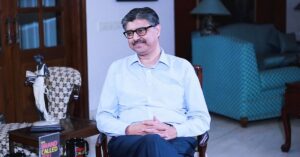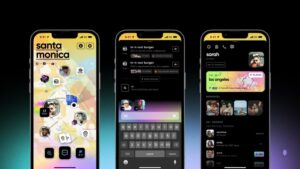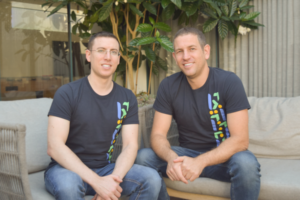Through interesting analogies and similes, Vivek Sunder, Chief Operating Officer at Swiggy, draws out valuable insights from his vast experience in the FMCG sector for budding entrepreneurs.

Image Source: Shutterstock
He believes the presence of both the right and left sides of the brain is equally vital even though our current approach is more of a left-brain focussed.
In the latest episode of Prime Venture Partners podcast — a series brought together to help entrepreneurs grow and build their startups with the powerful insights of the makers and doers of the startup ecosystem — Vivek talks to Sanjay Swami, Managing Partner, Prime Venture Partners, on finding the hiring sweet spot and understanding the evolving customer behaviour.
The lure of startups
Vivek says, “The lure of a fast-paced, well-run startup that is blitzscaling or on the precipice of blitzscaling is a very strong one for anybody who has been on the other side. The grass is always greener on the other side.”
“You have the skills, but somehow, you are not able to do what your skills can make you believe. So, the gap between actualise potential and real potential, as you look at yourself, is perhaps the reason why the lure exists,” he explains.
Teachings from P&G
“P&G is the best MBA you can have if you don’t have an MBA,” says Vivek.
Explaining the hiring process at a multinational corporation like P&G, he informs that not a single question asked is based on marketing and sales during the five rounds of the interview process.
He says, “They believe if they get people with the right values, the ability to work hard, smart enough to be able to do the analytical work that is needed, they can hone them on the rest.”
“This first principle approach to attacking problems I think is immensely useful in becoming a versatile manager,” he adds.
From his experience at P&G, Vivek advises entrepreneurs to have a ‘start with the consumers and work backwards’ approach and create a multi-format and multi-cultural environment.
“Multi-format and multi-cultural abilities is something, I genuinely believe, we will need for business people. You got to work in some places where they practice ecommerce business and some places where they follow traditional trade. You got to work in cultures that are very different across the world,” he says.
While hiring a CXO
Vivek advises budding entrepreneurs to not hire if they are not financially and emotionally ready to give up.
“When you are bringing in somebody, who has got the expertise at scale and a different order of experience, you have to be emotionally ready to let the child go,” says Vivek.
He adds, “You have to hire when you want to effect some kind of a change. That change could be reducing the chaos quotient, and increasing the reliability quotient, or scaling to a place that you are not familiar with, which could be a geographic place, a consumer segment place, or a new segment of businesses.”
Vivek advises entrepreneurs to not hire without the right culture fit and without getting the body and the organ ready for the job. While startups should not do premature hiring, they should not also hire too late.
“Too late is when a certain sort of rigidity has set in for the company — not on the ‘this is why we have been successful so far,’ but on ‘we have tried this stuff and it doesn’t work.’ This rigidity becomes difficult to deal with for anybody new coming into the company,” he explains.
Evolving consumer behaviour in India
As one moves from metros in India, the consumers, at large, have a functional understanding and knowledge of English but are more inclined towards the natural script.
Vivek advises entrepreneurs not to use the same cluttered format with a lot of English as it would work only for the top 5-10 percent crème of the city and not for the majority of the population.
He says, “It’s not just the vernacular versus non-vernacular difference. It’s the simplicity versus the complexity of the UI that you have to think about.”
Secondly, these consumers rely heavily on voice notes over text, and founders should think about an interface that takes in these voice notes and gives out the same, which will be better than heavy reading.
He suggests entrepreneurs to think about how they would interface with these consumers with the language, UI, and format as they go beyond the thin layer of students and digital literates across these cities.
And lastly, he points out that even though there is less money in these smaller cities, the customers are willing to wait a little longer to get a better deal.
Vivek says, “They are bigger value seekers because they have more time, and they are willing to wait. Therefore, they would trade-off this time for getting a better deal.”
Listen to the podcast here.










